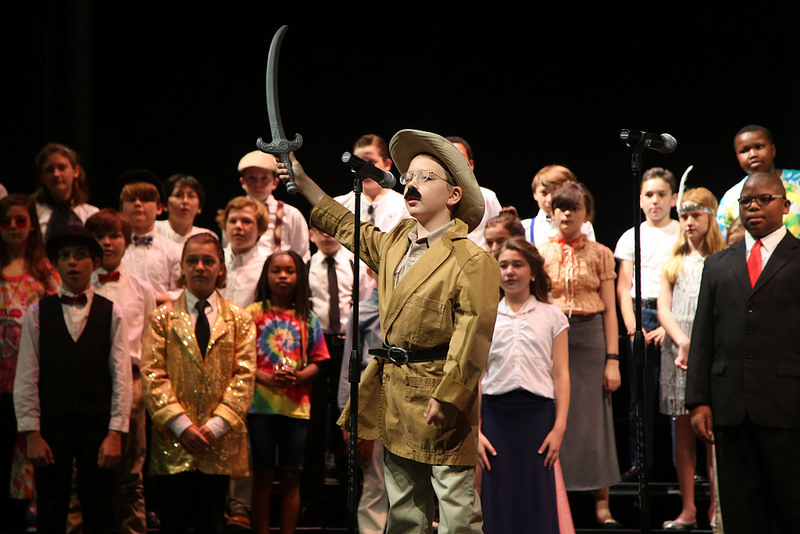Middle School: Developing divergent thinkers
“Positive, can-do mind-set”
As students move up to the Middle School, maintaining their growth mind-set around writing is a priority for the division’s Language Arts teachers.
“The Lower School does a beautiful job of giving students this foundation, and our job is to build on it,” Morrisa Nagel, who chairs the department, said. “One of the most important things for us is to support that positive, can-do mind-set — because writing is challenging, even for professional writers. We often have published authors talk to our students, and they always emphasize the importance of revision and rewriting as part of the process.”
“Starting is often the most challenging part of writing for students. One technique we use for brainstorming is the 1 Topic=18 Topics brainstorming chart, which helps students consider a single topic from multiple perspectives and better define their writing purpose,” eighth-grade Language Arts teacher Christina Frazier said. “For revising, we often have the student read their work out loud to a peer, which allows them to catch grammatical errors and listen to how their writing sounds. We also have them assess their own work using a rubric.”




















